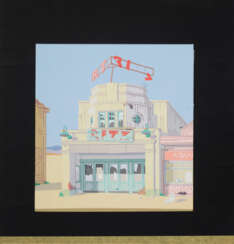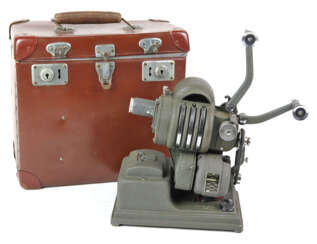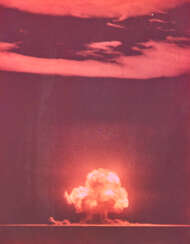8mm film


Greta Garbo, born Greta Lovisa Gustafsson, is a Swedish and American actress.
Greta was born into a poor family and early went to work - in a beauty salon, salesman, modeling for photos in local advertising magazines. And also studied at the drama school of the Royal Stockholm Drama Theater. The girl was noticed by agents, invited to a cameo in the movie "Peter the Tramp" and soon she became a star of silent movies in Sweden and Germany. In 1923, she changed her last name to Garbo. It was at this time that she caught the eye of Hollywood mogul Louis B. Mayer, who signed her to a one-year contract with MGM. Her first American film role was in Torrent (1926), followed by The Temptress (1926), which brought Garbo stardom.
Garbo was the highest paid actress of the pre-war era. Greta's talented and dramatic performance brought her worldwide fame and the title of one of the best actresses in Hollywood history. Anna Karenina and Mata Hari are two of the most significant roles of the actress. When the era of silent movies ended, a languid low voice with a slight hoarseness became a trademark of Garbo. For his contribution to the development of cinematography in 1954, Garbo was awarded an Oscar.
The life of Greta Garbo is still shrouded in mystery and myths. She was silent, preferred privacy and therefore was surrounded by an atmosphere of mystery. But under the outer facade of aloofness beat sensitive and passionate heart. Greta was a style icon of her time, she was imitated and envied by the stars of Hollywood.
After the outbreak of World War II in 1941, Greta Garbo never returned to the big movie, only sometimes playing occasional roles in small pictures. After the war, she returned to America and lived in seclusion in New York City for another 50 years. She did not give interviews, avoided reporters and went out on the street only when necessary and with dark glasses.


Jack W. Aeby is an American environmental physicist and photographer.
Aeby attended the University of Nebraska and was one of the first civilian employees of the Manhattan Project beginning in 1942. He worked on the project in many areas, starting with human transportation, then he was assigned as the chemical warehouse superintendent.
On July 16, 1945, while at base camp with all the official photographic equipment, Aeby took the only well-exposed color photograph of the first detonation of a nuclear weapon at the Trinity Nuclear Test Site in New Mexico, for which he became famous. The rest of the film was destroyed by the explosion. At the time of the photograph, Aeby was a civilian working in the health physics group with Emilio Segre.
Jack Aeby continued to work at Los Alamos during the Crossroads tests and eventually witnessed nearly 100 nuclear explosions. He then returned to work at Los Alamos National Laboratory in the Department of Health Physics.






































